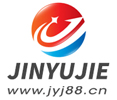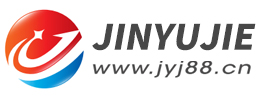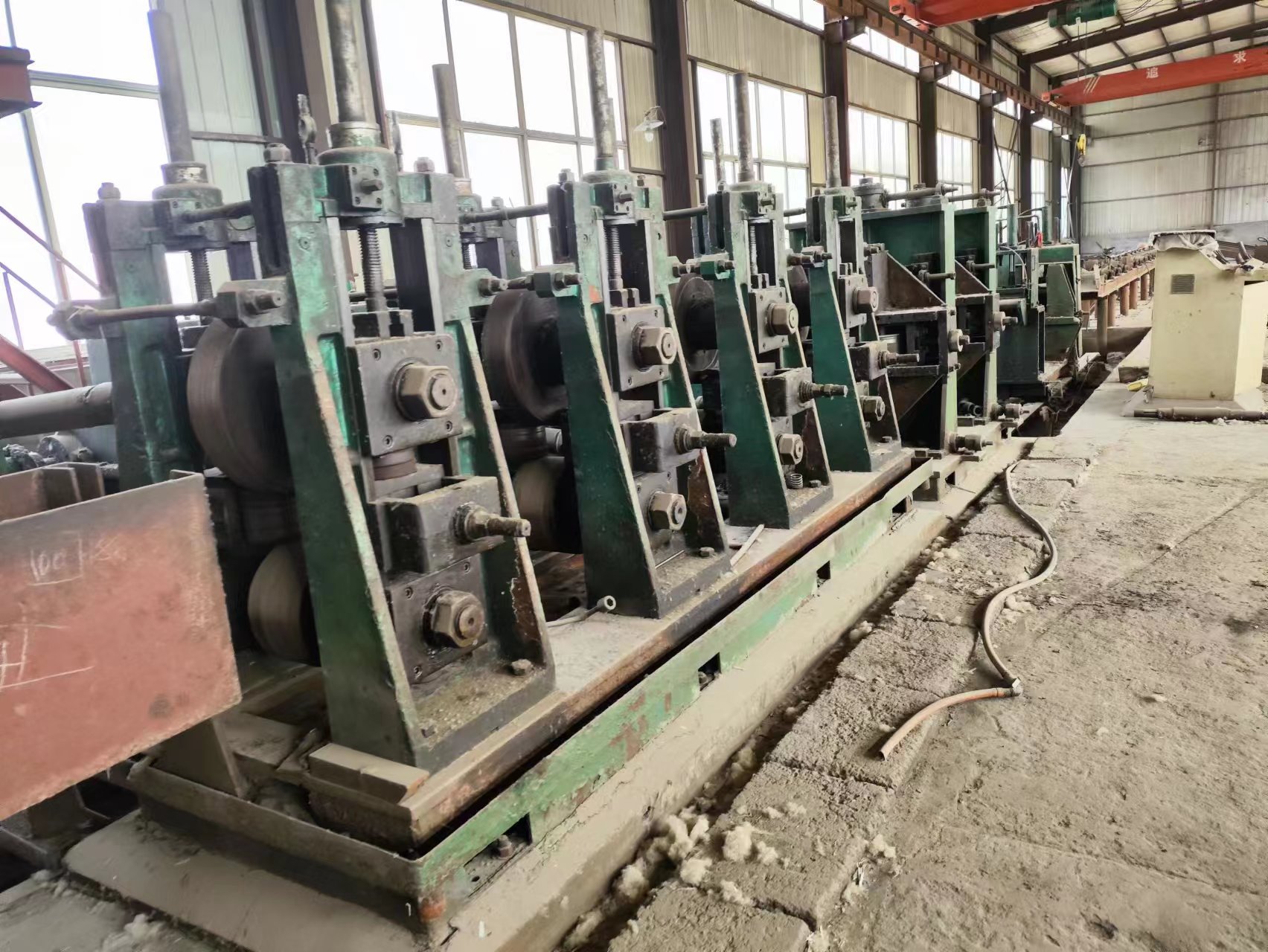The operating principle and other precautions of the automatic flat head machine of second-hand welded pipe equipment
- Sort:News
- Auth:
- Source:
- Release time:2021-04-08 11:30
- Pvs:
【概要描述】In the process of pipe making on the second-hand high frequency welded pipe production line, the automatic flat head machine is mainly a special equipment for milling and chamfering the end face of steel pipe. Everyone knows that an automatic flat head machine is composed of a power head, a power head feed mechanism, a clamping mechanism, a push mechanism, a horizontal movement mechanism, an electric control system, and a pneumatic system. But sometimes it is not enough to understand the composition of the equipment, but also to understand the operating principle of the equipment and other precautions is the most important. In order to let everyone clearly understand the operating principle of the automatic flat head machine and other precautions.
The operating principle and other precautions of the automatic flat head machine of second-hand welded pipe equipment
【概要描述】In the process of pipe making on the second-hand high frequency welded pipe production line, the automatic flat head machine is mainly a special equipment for milling and chamfering the end face of steel pipe. Everyone knows that an automatic flat head machine is composed of a power head, a power head feed mechanism, a clamping mechanism, a push mechanism, a horizontal movement mechanism, an electric control system, and a pneumatic system. But sometimes it is not enough to understand the composition of the equipment, but also to understand the operating principle of the equipment and other precautions is the most important. In order to let everyone clearly understand the operating principle of the automatic flat head machine and other precautions.
- Sort:News
- Auth:
- Source:
- Release time:2021-04-08 11:30
- Pvs:
In the process of pipe making with second-hand welded pipe equipment, the second-hand automatic flat head machine is mainly used for special equipment for milling and chamfering the end face of steel pipe. Everyone knows that an automatic flat head machine is composed of a power head, a power head feed mechanism, a clamping mechanism, a push mechanism, a horizontal movement mechanism, an electric control system, and a pneumatic system. But sometimes it is not enough to understand the composition of the equipment, but also to understand the operating principle of the equipment and other precautions is the most important. In order to let everyone clearly understand the operating principle of the automatic flat head machine and other precautions.
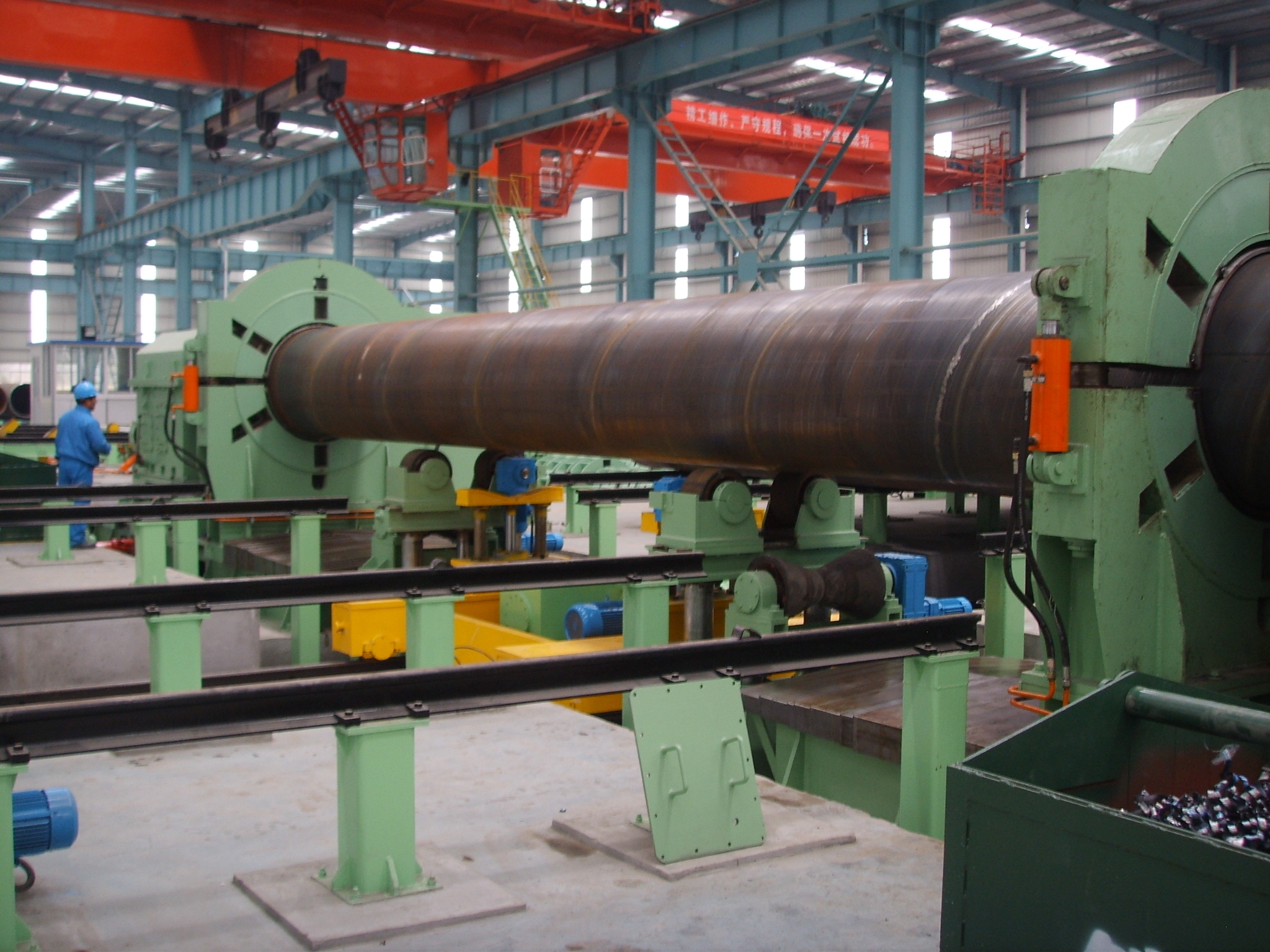
The following is an analysis and explanation with the automatic flat head machine of the 273 second-hand welded pipe unit
① Understand how the equipment works. For example, the working mode of the automatic flat-head machine of the 273 second-hand welded pipe unit adopts a single-position staggered working mode.
②Understand the main technical parameters of the equipment, in addition to knowing the diameter, wall thickness, and length of the pipe suitable for the equipment, but also the power information and speed information of the other components of the equipment. It is convenient to adjust on the console during installation.
③Know the operating principle of the automatic flat head machine: the motor drives the walking beam to rotate through the reducer and the universal joint shaft transmission stepping mechanism, and the walking beam can move one or two steel pipes forward by two stations for each movement of the walking beam. When working, the walking beam first brings in two steel pipes from the preparation platform at the same time, and sends them to the No. 1 push roller table. The roller table rotates to send the pipe to the push baffle. When the pipe head is about to reach the push When the baffle is closed, a proximity switch sends a signal to decelerate the roller table and stop after a delay. At the same time that the steel pipes on the gantry are sent to the push-level roller table, the steel pipes that have been pushed on the original push-level roller table are sent to the No. 1 flat-end station, and the original steel pipes from the No. 1 flat-end station are sent to the No. 2 push-up station. On the roller table, the steel pipes on the original No. 2 flat-end roller table are sent to the No. 2 flat-end station, and the steel pipes from the original No. 2 flat-end station are sent to the exit platform. When the stepping movement is about to end, the proximity switch sends out a signal, the stepping stops, and the clamping mechanism is used to realize clamping. After clamping, the proximity switch sends a signal, and the power head starts to feed according to the pre-programmed movement law, which is fast Forward → work forward → fast rewind, the distance and speed of fast forward and work forward can be set on the man-machine interface, and the speed of the power head can be adjusted at any time through the control panel of the inverter. In the process of flat head, push the roller table action to push the steel pipe of the standby station to the fixed baffle. When the power head starts to return according to a predetermined program, the clamping mechanism is released, and the return of the clamping mechanism is detected through the signal change of the proximity switch. After the clamping mechanism returns, the stepping mechanism rotates.
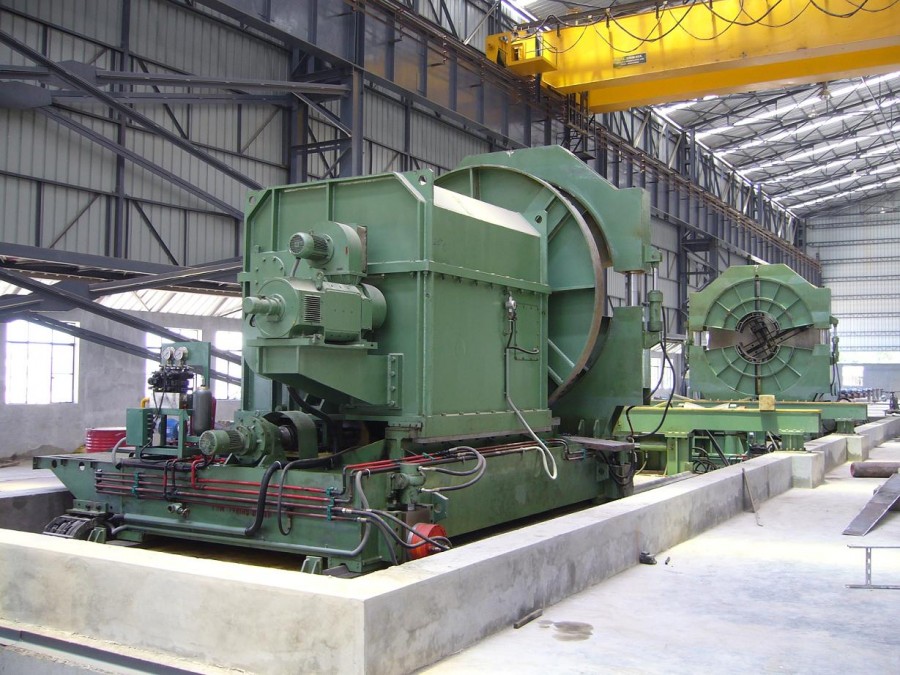
Note: The actions of each mechanism of this machine are connected. The speed of each mechanism will affect the cycle time of the entire milling head. Different pipe diameters and wall thicknesses have different milling head time due to the stepping mechanism. The speed of the transmission motor is not adjustable. Therefore, the speed of the power head and the speed of the working speed should be comprehensively determined according to the pipe diameter and wall thickness. At the same time, the working distance should be minimized to improve work efficiency. The speed of the rolling table will also affect the work efficiency. Generally speaking, the speed can be adjusted according to the actual needs of the site. The adjustment principle has been completed in the process of milling the steel pipe. Therefore, the short pipe speed should be appropriately faster. Long pipes are slower, as slow as possible under the premise of satisfying production. In addition, properly adjust the position of each proximity switch to ensure the best match between the signaling time and the movement of the next mechanism.
④Understand the precautions when installing, debugging and using the automatic flat head machine.
More News

Time of issue : 2023-10-31

Time of issue : 2023-10-28

Time of issue : 2023-10-25

Time of issue : 2023-10-22
Wechat: 13392281699
Email: zty@usedpipemill.com
Company address:No. A99, East Lecong Avenue, Lecong Town, Foshan City, Guangdong Province
Recommendation
Online Inquiry
LINK
Contact Us
Tel (wechat): 13336487288
Wechat:+86 13336487288
WhatsApp:+86 13336487288
Email: zty@usedpipemill.com
Address: No. A99, Lecong Avenue East, Lecong Town, Foshan City, Guangdong Province

